Sony Afeela might be just what this sleeping self-driving EV industry needs. There, I said it, and it’s a change of heart that comes from finally sitting inside the prototype collaboration between Sony and Honda. Sony Afeela, the EV with the silliest name, may offer everything you want, including AI, in a next-level self-driving electric automobile.
It’s been a long road for Sony Honda Mobility’s Afeela EV prototype self-driving car. We first heard about it years ago when it was still called Sony Vision S. The rebrand introduced two years ago at CES 2023 was met with some head-scratching, though.
Vision S was cool. Afeela is a softball for wordplay mockery. Part of the problem is that Sony, for the most part, kept the media at arm‘s length. That changed this week when Sony started inviting the press to a Classic Car Club hanger on Manhanttan’s West side.

Afeela is a joint project between Sony and Honda, and company reps insist that it’s a 50-50 endeavor. Honda did not simply build an EV and ask Sony for its branding consent. Instead, the fingerprints of both companies are all over the car.
In hindsight, the Classic Car Club might not have been the best place to showcase Afeela’s relatively low-key design. Outside the building, a collection of pricey, eye-popping sports and classic cars sat. The gray Afeela sat lonely in the cavernous hanger, looking much the same as it did when I saw it at CES last year and the year before that. Sony did tell me that other color options will be available when the EV goes on pre-order next year and ships in 2026.
Step inside
Sony’s intention this time, though, was not just to antiseptically tout Afeela’s capabilities. I was almost immediately invited to sit in the mostly white interior.
First, though, I had to figure out hope to open one of the sedan’s four doors. While most EVs have recessed handles, the Afeela has none. I was quickly shown how the car could communicate with the companion app on your phone and swing the door open as you approached the car. If app control is not your thing, small buttons are hidden near each window. One press and the door swung open on its own. There’s another button inside the door that I used to open and close the car door.
As I settled into the comfortable bucket seat, the chair shifted forward, and the yoke-style steering wheel lowered toward my lap. My gaze was instantly drawn to the virtually full dashboard touchscreen. We swiped it to see various content options. It supports customization, gaming (there was somewhat incongruously a PlayStation controller sitting just below the dash, but we never got it to work with the car), and even movies. You can slide content toward or away from the driver. There will be a method for assuring that a movie playing on the far right of the screen does not distract the driver, though Sony could not describe the technology that will make this possible.
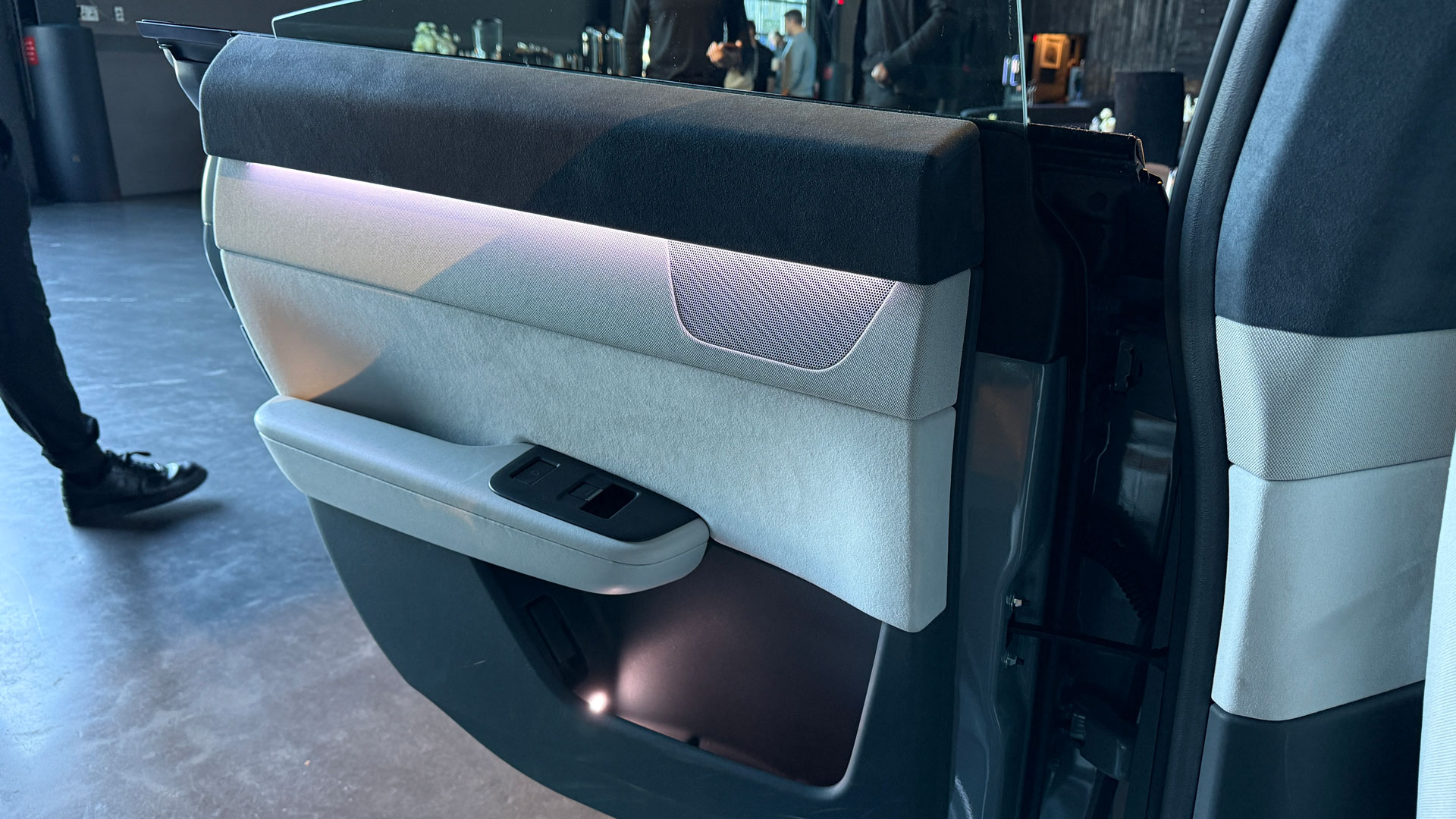
My favorite use of this display was as a giant navigation map. We pinched and zoomed in and out on it and swept up to transform it into a 3D, 360-degree rendering view.
The dash right in front of me, which is also customizable, has an image of the car and the Fortnite logo above it. I never got to drive the EV, and Sony Honda Mobility has been mum about certain key specs, such as range. However, this screen offered a clue.
I noticed the 0 MPH readout and a “Range” readout to the far left. The bar appeared to be 84% full and promised 234 miles remaining. That could mean Afeela will be in the 250 or even 275mph range, which would more or less match the base range of a rear-wheel motor Tesla Model 3.
This being a prototype, there were many things I couldn’t experience (like a test drive) or examine, like the trunk and frunk. Even the 360 spatial audio sound system was incomplete, but they were willing to let me listen. It played music. but also sonic soundscapes that were ear and cabin-filling. The EV will include sound-suppressing features that should mean even if we blasted the music, people outside the car might not be able to hear it.
Afeela uses a combination of cameras (they would not tell me how many) and Lidar sensors for autonomy and to deliver information about surroundings, other cars, and pedestrians to the driver. Along with a standard side view and a rearview mirror, a pair of screens can show you a more complete view from each side of the car (Sony never turned these on in my demo). The rearview can switch between a standard mirror and a rear camera feed.
I also slipped into the spacious rear seats and was confronted by what looked like a 12-inch touchscreen (there was one on the back of each front seat). They showed maps but could be used to display movies, play games, access music, and more.
The EV is big on themes, and depending on which one you choose (or even create), the ambient lighting embedded throughout the car will adjust, as will the sounds. I like the Fortnite blue hue we ended up with.
A rolling computer
Afeela is a smart car. While Sony Honda Mobility wouldn’t detail the manufacturer, they claim the EV has a powerful system on a chip (SoC) capable of 800 ToPs (Trillions of Operations Per Second) and that supports on-board machine learning AI that, in combination with all the cameras and sensors, should deliver Sony Honda Mobility’s goal of Level 3 and Level 2+ autonomy.
That means the car will be able to drive itself, but it’ll still require the driver to maintain contact with the steering wheel as a backup. Company representatives told me the system is well-equipped to handle nighttime driving and bad weather. The car will also get regular over-the-air system updates.
Afeela uses these smarts to get to know you and make adjustments, like switching up the morning commute routine if it knows – via access to your calendar – that you have a meeting this morning and offers faster routes to ensure you make it on time.
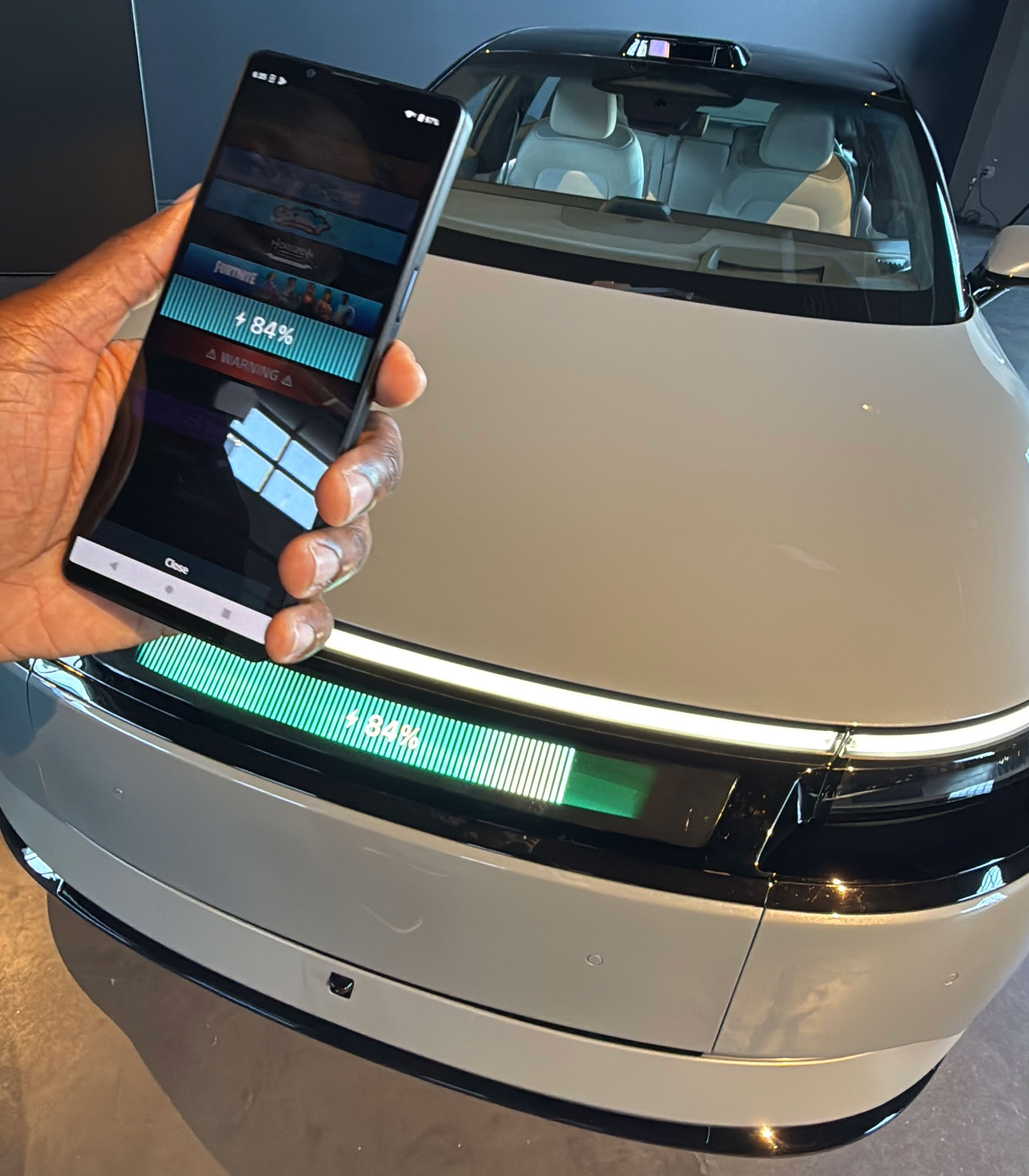
Even though Sony Honda Mobility is promising pre-orders next year and delivery by 2026, it still has nothing to say about the price. While the car and its technology-crammed interior are exciting, and the exterior is pleasantly attractive, the Afeela adds up to a big question mark in the EV space.
No one outside the company knows how it will drive, exactly how far it can go, what its 0-to-60mph capabilities are, or how all those in-cabin capabilities will work for the driver and passengers in the real world.
What we do know, though, is what Afeela means. Here’s how one Sony Honda Mobility representative described it to me:
At the center of the mobility experience is to create a feeling. Take that idea of creating a feeling, sandwich in augmentation, economy, and affinity, and you get A Feel A, and that’s where Afeela comes from.”
Okay, we’ll take his word for it.










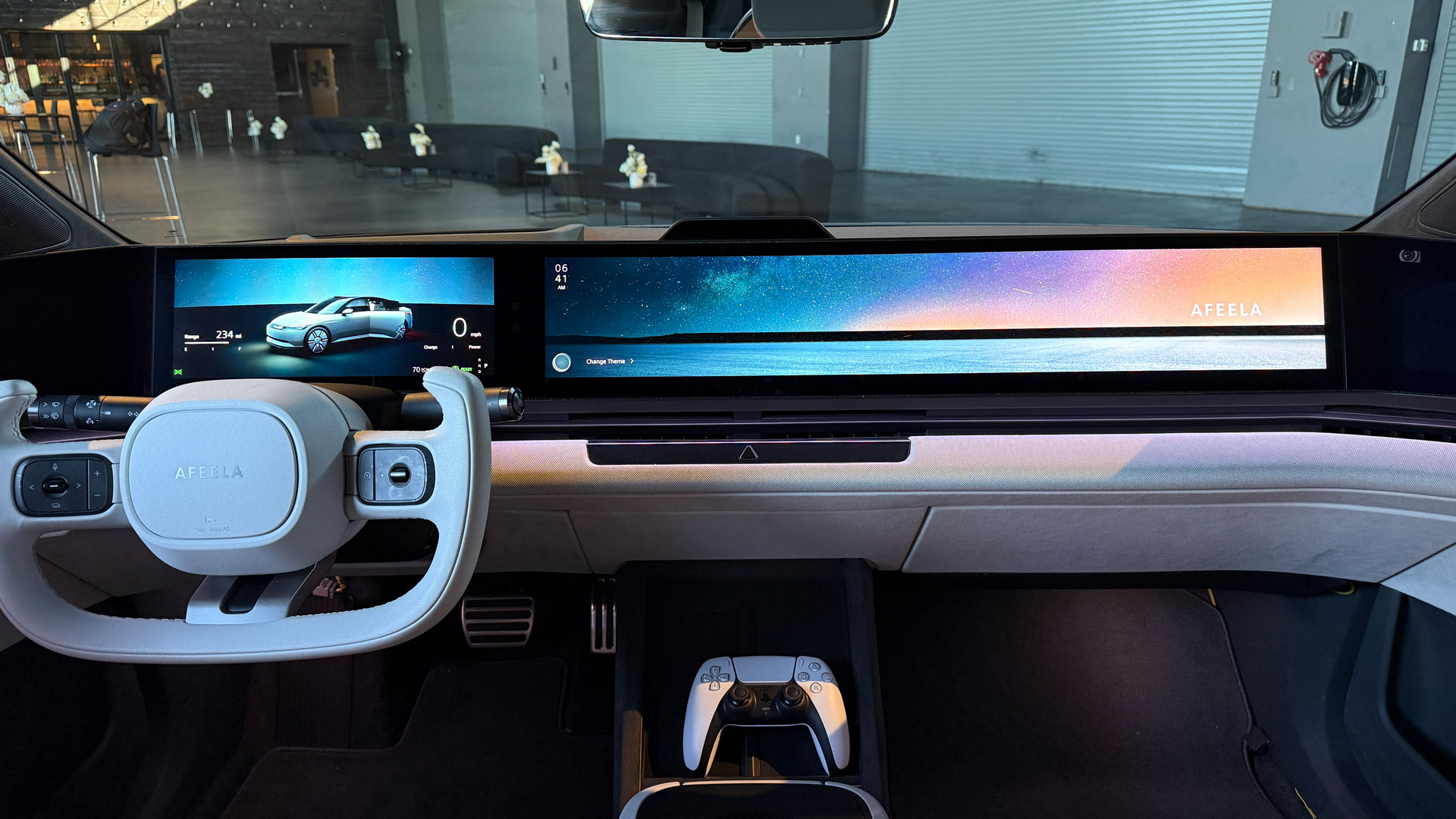

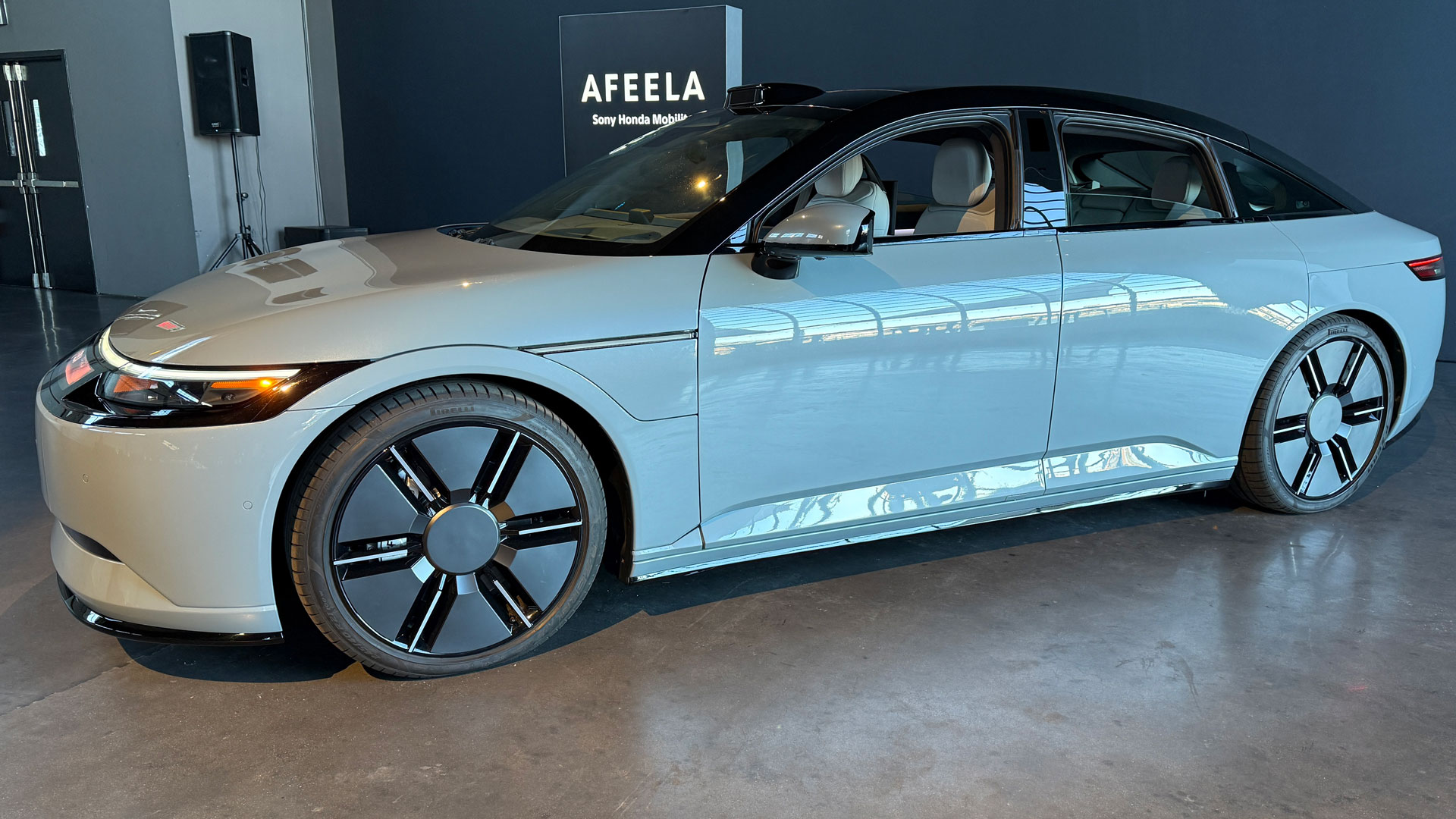
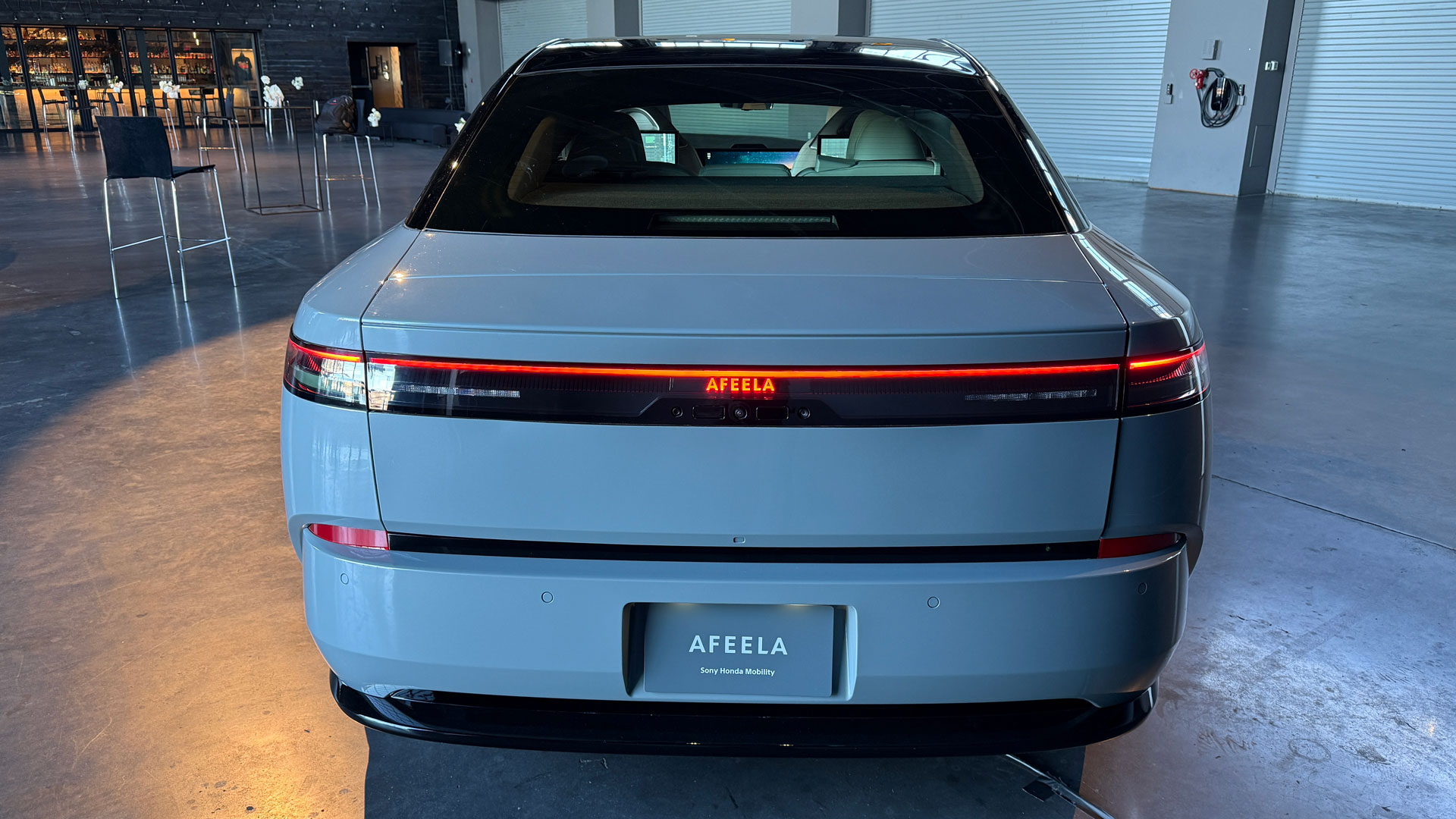
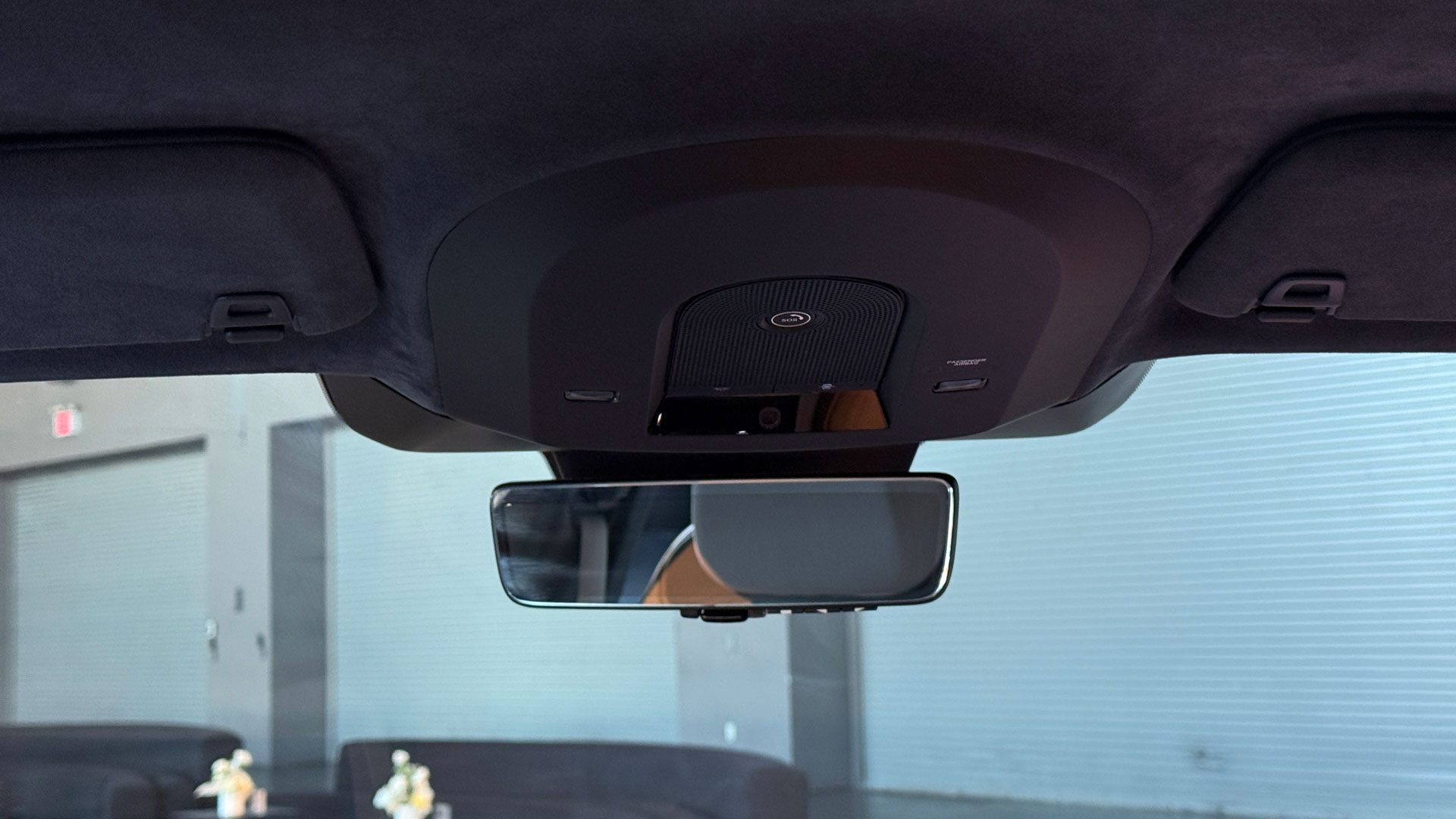

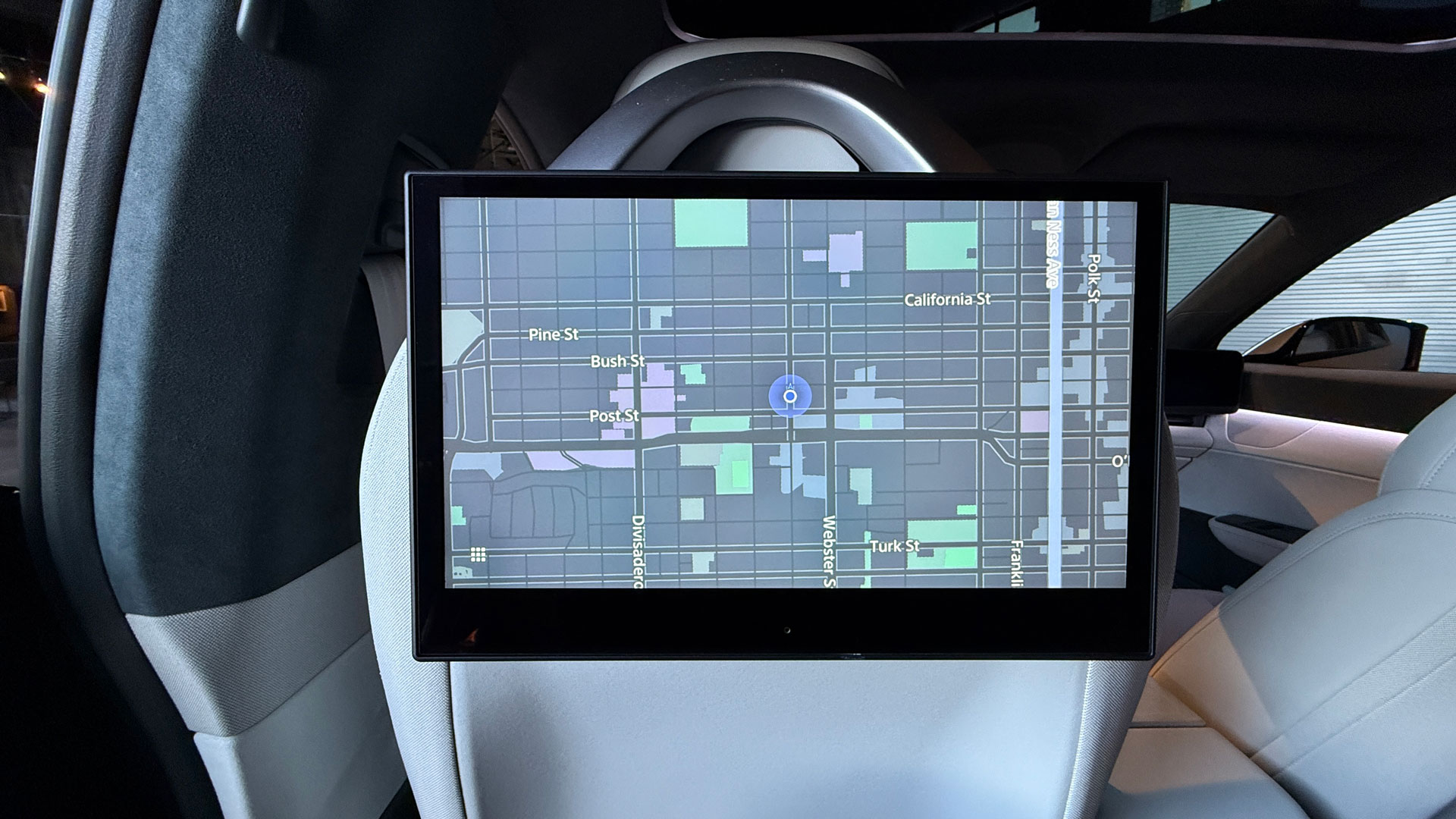












+ There are no comments
Add yours